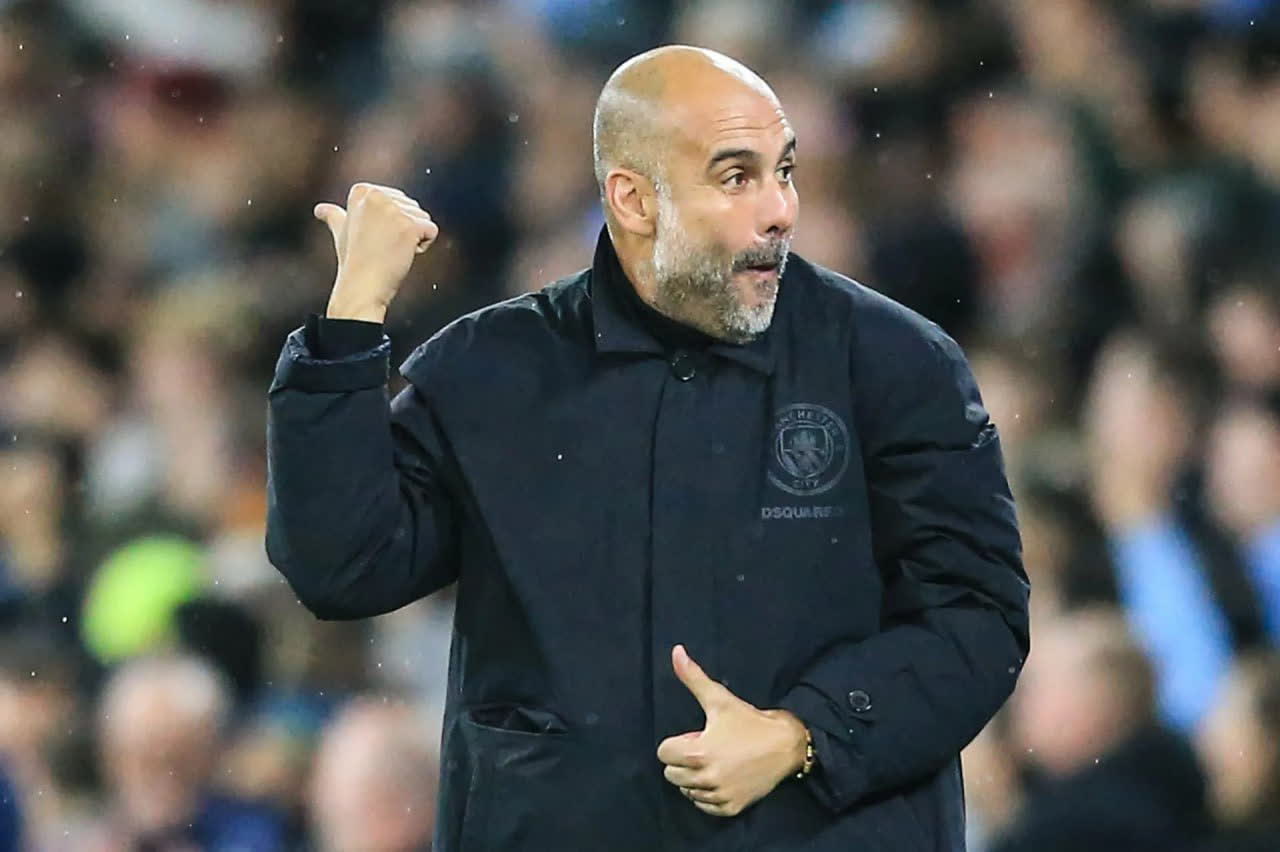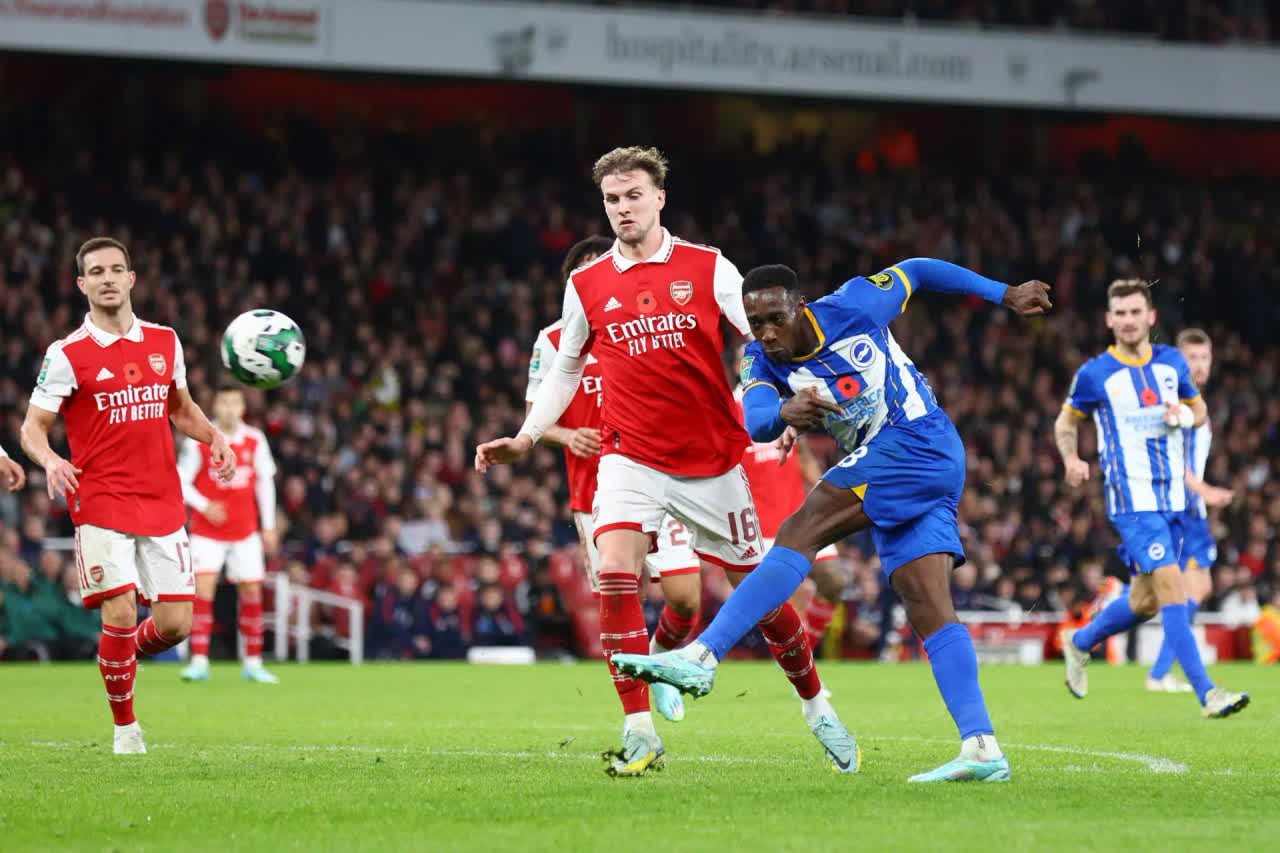Raheem Sterling’s move from Chelsea to Arsenal might initially seem surprising, but it’s a strategic decision rooted in both personal and tactical reasons. Here’s a breakdown of how Sterling’s transfer fits into Arsenal’s plans and why it could be beneficial for both him and the team:
Arteta and Sterling: A Proven Partnership
The Previous Connection:
- Mikel Arteta’s Influence: Arteta’s previous stint as an assistant coach at Manchester City saw him play a significant role in Sterling’s development. Sterling flourished under Arteta’s guidance, evolving from a promising winger into a clinical forward.
- Sterling’s Transformation: During Arteta’s tenure, Sterling became more adept at finding space and finishing chances, with his Expected Goals (NPxG) reaching a career high of 0.6 per game in the 2019/20 season.
Expectations and Familiarity:
- High Standards: Arteta is known for his high standards and demanding approach. Sterling’s familiarity with Arteta’s expectations could ease his transition to Arsenal, ensuring he integrates smoothly and performs at his best.
Sterling’s Adaptation at Chelsea
Challenges at Chelsea:
- Managerial Instability: Sterling faced a tumultuous period at Chelsea, adapting to four different managers in two years, which disrupted his game.
- Reduced Effectiveness: His dribbling success rate plummeted to a record low of 34%, and he struggled with fewer progressive passes and reduced goal-creating opportunities.
Diminished Impact:
- System Issues: The lack of a clear tactical system at Chelsea contributed to Sterling’s struggles, contrasting with the structured environment he thrived in at Manchester City.
Why Arsenal?
Arteta’s Tactical Setup:
- Utilizing Sterling’s Strengths: Arteta’s familiarity with Sterling’s strengths, particularly his one-on-one ability and knack for finding space, can be leveraged to integrate him effectively into Arsenal’s system.
- Versatility: Sterling’s ability to play on both wings and even as a central attacker provides tactical flexibility, allowing him to fit into various roles within Arteta’s setup.
Potential Contributions:
- Goal Scoring: Arsenal’s style of play, which emphasizes cutbacks and creating chances near the edge of the penalty box, aligns well with Sterling’s strengths. If Arteta can reconfigure Sterling’s role to exploit these areas, Sterling could return to his scoring form.
- Backup for Saka: With Reece Nelson on loan, Sterling can also serve as a valuable backup for Bukayo Saka, providing depth and versatility on the right flank.
Conclusion
Sterling’s transfer to Arsenal is a calculated move by both parties. For Sterling, it’s an opportunity to rejuvenate his career in a familiar environment with a coach who has previously unlocked his potential. For Arsenal, it’s a chance to add a versatile attacker who, under Arteta’s guidance, can contribute significantly to their title ambitions. The reunion could indeed be mutually beneficial, bringing both individual and collective success.



